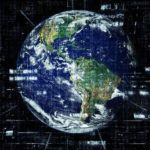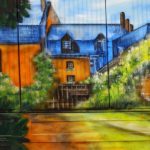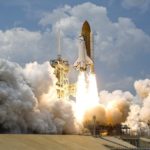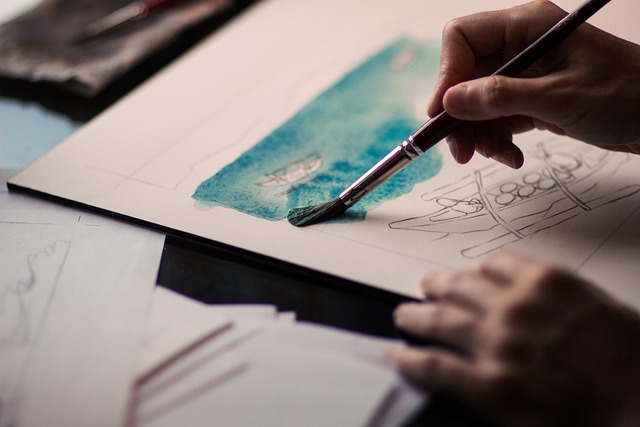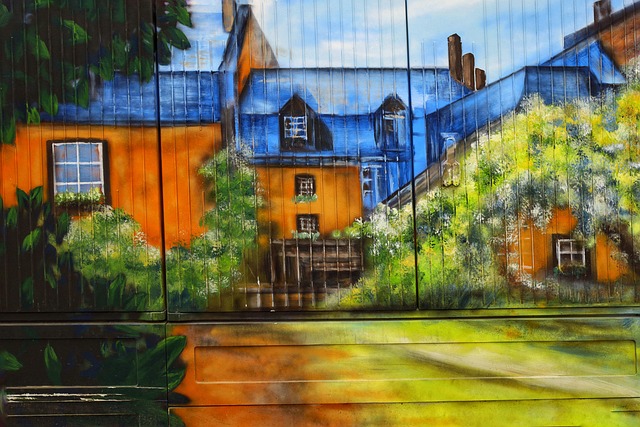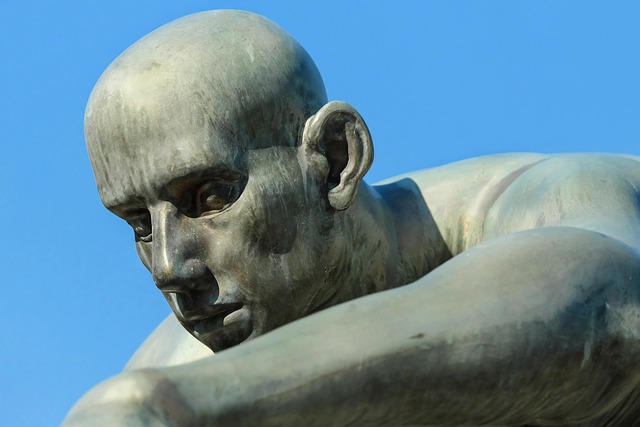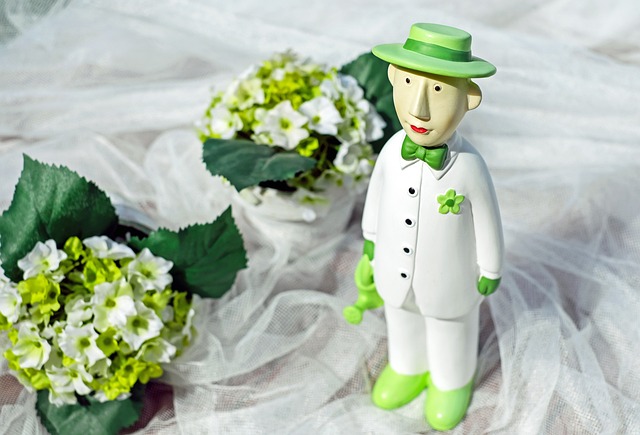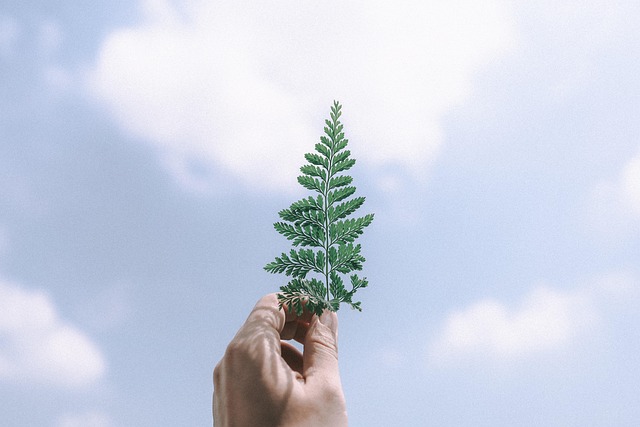Section 1: The Evolution of AI Art
Artificial Intelligence (AI) has been making significant strides in various industries, from healthcare to transportation. However, one field that has seen a particularly fascinating development is the world of art. The use of AI in creating art has been gaining momentum in recent years, with the rise of AI art gaining attention from both the art and technology communities. From creating original pieces to collaborating with human artists, AI has opened up a new realm of creativity that was previously unexplored. In this article, we will delve into the evolution of AI art and explore the intersection of technology and creativity.
The concept of AI art is not entirely new, with early experiments dating back to the 1960s. However, it is in the last decade that we have seen a significant growth in this field, thanks to advancements in technology and algorithms. The use of AI in art can be broadly classified into two categories – generative art and augmented art. Generative art refers to art created by algorithms, where the computer is programmed to generate images, music, or text based on a set of rules or data. Augmented art, on the other hand, involves the collaboration between human artists and AI, where the technology is used to enhance and complement the human’s creative process.
Section 2: The Role of Technology in AI Art
The rise of AI art would not have been possible without the advancements in technology, particularly in the field of machine learning. Machine learning algorithms allow computers to learn and improve from data without being explicitly programmed, making it ideal for creating art. These algorithms can analyze vast amounts of data, such as images, music, or text, and identify patterns and features that can be used to generate new pieces of art.
One of the most widely used techniques in AI art is deep learning, a subset of machine learning that involves training artificial neural networks to recognize patterns in data. This technique has been used to create some of the most impressive AI artworks, including the famous portrait “Edmond de Belamy” sold at Christie’s auction house for $432,500 in 2018. The portrait was created by a Paris-based collective called Obvious, using an algorithm trained on a dataset of 15,000 portraits from the 14th to 20th centuries.
Another technology that has played a significant role in the rise of AI art is Generative Adversarial Networks (GANs). GANs consist of two neural networks – a generator and a discriminator – that work together to create images. The generator creates images based on a given dataset, while the discriminator tries to identify whether the image is real or fake. Through this process, the generator learns to create more realistic images, resulting in incredibly lifelike AI art. GANs have been used to create everything from paintings to music, and their potential in the art world is still being explored.
Section 3: The Impact of AI Art on the Art World
The rise of AI art has sparked a debate within the art world about the role of technology in the creative process. Some argue that AI art is not “real” art, as it lacks the human touch and emotions. However, others believe that AI art is a new form of creativity that should be embraced and celebrated. The fact that AI can create original pieces that have never been seen before challenges the traditional definition of art and forces us to question what makes something art.
One of the most significant impacts of AI art is its potential to democratize the art world. With the use of open-source code and algorithms, anyone with access to a computer can create AI art. This opens up opportunities for individuals who may not have had access to traditional art mediums, such as paint and canvas, to express their creativity. It also allows for a diverse range of voices and perspectives to be represented in the art world, breaking away from the traditional elitist art scene.
Moreover, the collaboration between human artists and AI has the potential to push the boundaries of creativity. By combining the unique abilities of both, we can create art that would not have been possible through human efforts alone. This collaboration has already resulted in some stunning pieces, such as the “AICAN” series by artist Ahmed Elgammal, which combines the artist’s vision with AI-generated images to create thought-provoking artworks.
Conclusion:
The rise of AI art has opened up a whole new world of possibilities, challenging the traditional notions of art and creativity. With technology constantly evolving, we can only imagine what the future holds for AI art. As we continue to explore the intersection of technology and creativity, one thing is certain – AI art is here to stay, and it will continue to push the boundaries of what we consider art. Whether it is accepted or not, the impact of AI art on the art world is undeniable, and it will be fascinating to see how it evolves in the years to come.

